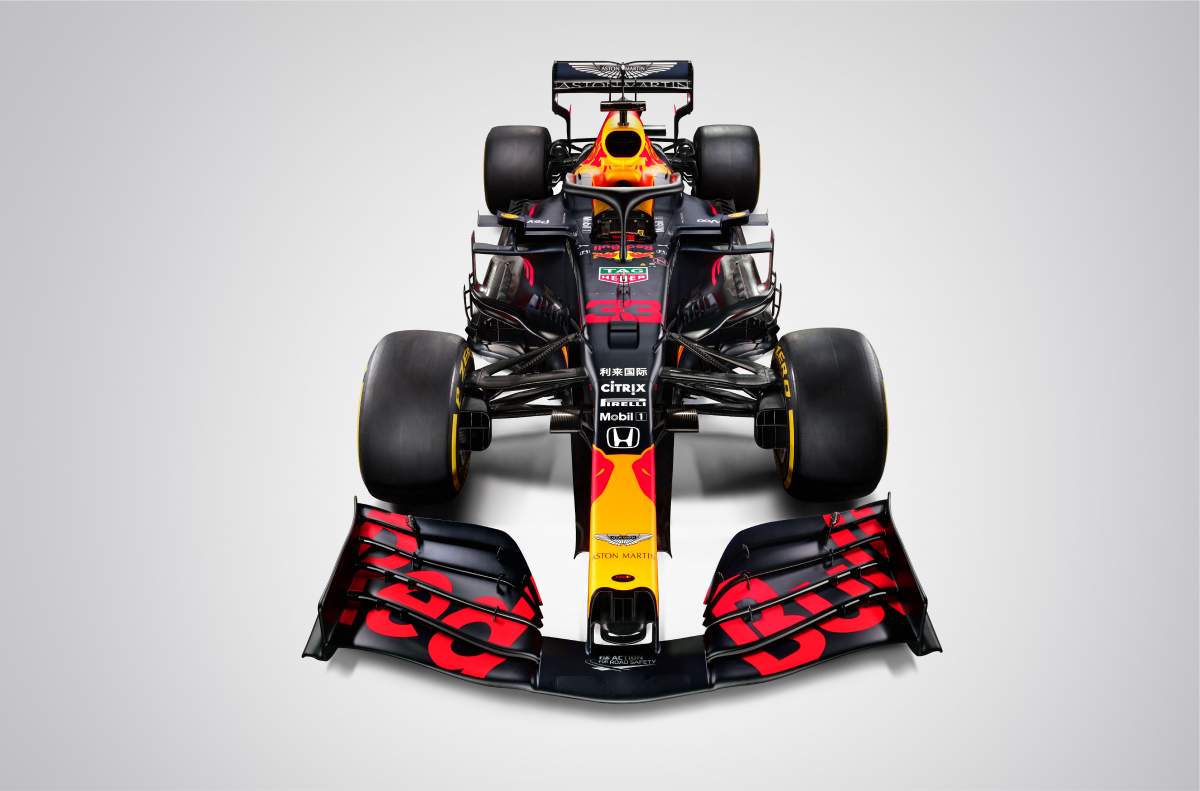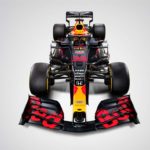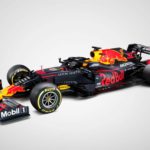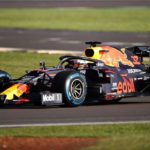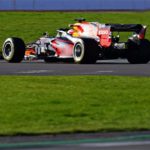Technical Analysis
The Red Bull Racing RB16 was revealed at a private filming day at Silverstone, where it completed it’s pre-season shake-down. Despite stable regulations for 2020, the Red Bull team are notorious for radical developments to try and squeeze every bit of performance out of the aerodynamic package, and the RB16 is no different.
‘We’ve got stability in the regulations for the first time in five or six years, and that gives us a real opportunity to take the fight to our rivals,’ says Team Principal, Christian Horner. ‘All the lessons we learned last year have been carried over from RB15 to RB16. We also have stability in the Team – including our drivers and technical staff – and alongside the momentum we built over the second half of last year we’re in a very good place to mount a strong challenge this year.’
Nose and S-Duct
One of the most interesting developments on the RB16 is the nose. Similar to last year, the leading edge of the nose is an inlet, but now with a much larger frontal area. There are also two wide slits at the top of the nose. This could be to help feed cleaner air towards the rear of the car, but also the S-duct.
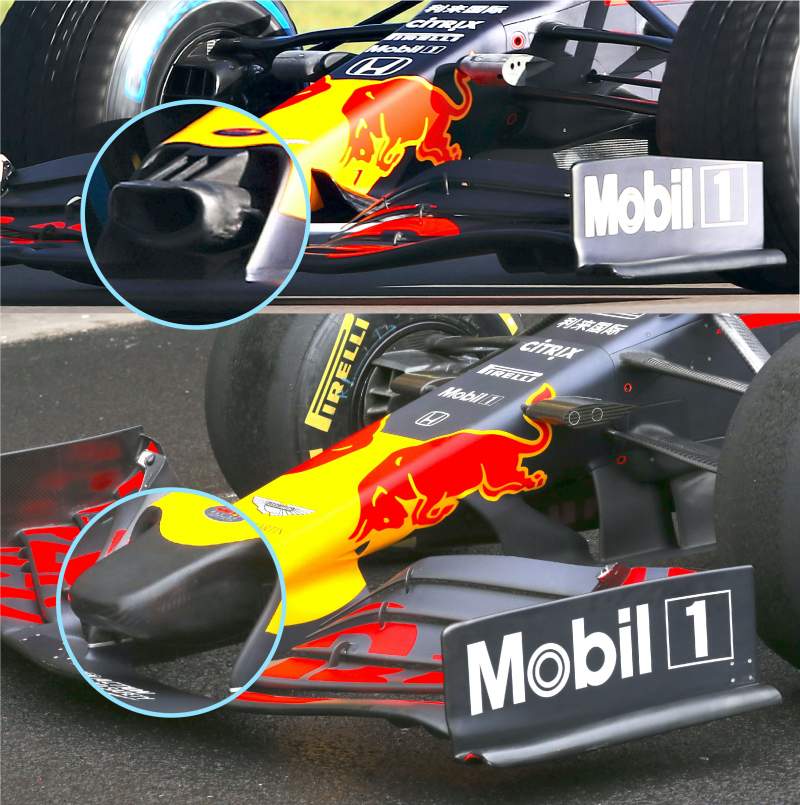
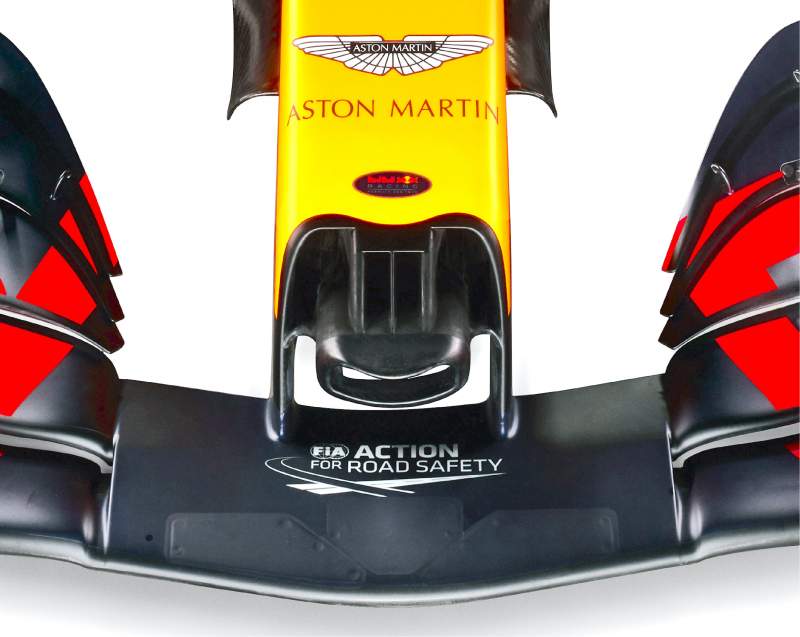
The inlet on the leading edge of the nose is similar to that of the MCL34 from last year. And although McLaren didn’t run an S-duct, James Key, Technical Director at McLaren, hinted that the pronounced inlets in conjunction with the nose shape of the MCL34 had a similar affect.
‘Essentially you’re trying to make sure that anything that is shed from the underside of the nose or the front of the car doesn’t continue downstream, interacting with the front suspension or the front of the floor,’ explains Key. Therefore the RB16’s radical new nose could be mitigating the losses from the front wing by guiding it through the S-duct. This seems a likely option as both the inlets and outlets of the S-duct have also had a rework.

The S-duct inlets on the RB16 follow the conventional shape of a NACA duct, which promotes vortices to form reducing static pressure and enhancing the efficiency of the flow through the inlet.
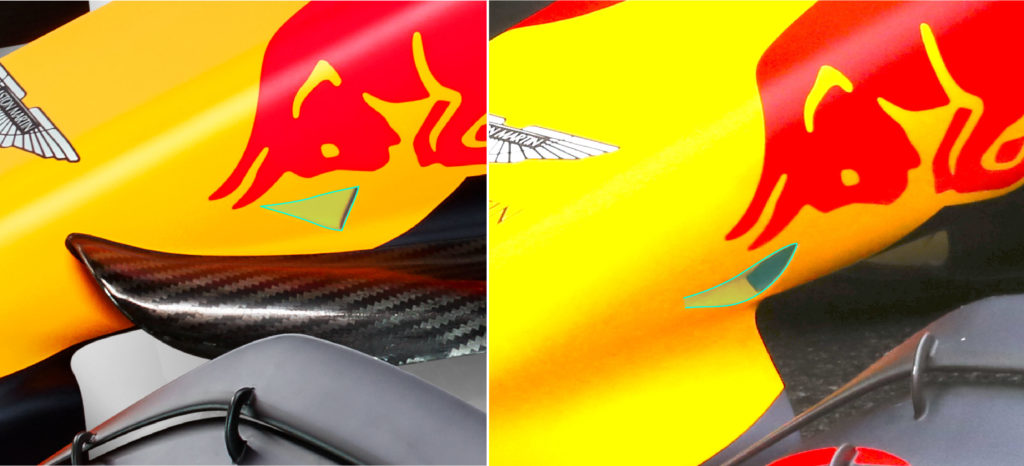
Furthermore, the S-duct outlet at the bridge of the nose is much sleeker, with sharper edges and the outlet at the rear has a reduced height when compared to last year’s car.

Bargeboard
The lower element of the bargeboard has now been split in two, with the triangular-shaped element attached to the floor removed. The two horizontal elements extending from the chassis to the bargeboard have remained and so have the series of miniature turning vanes that sit behind the wheel. The details of all these winglets and elements depends on the aerodynamic concept of each car, so it is difficult to draw accurate conclusions. However, the main aim of these devices is to guide the wake of the wheel outboard, around the bargeboard and away from the car to avoid any turbulent air entering the sidepod or the underfloor.


